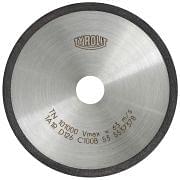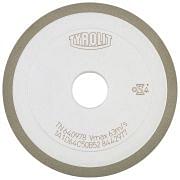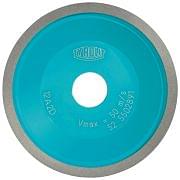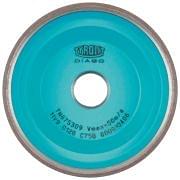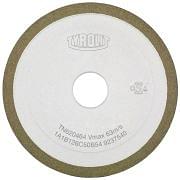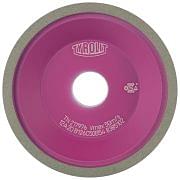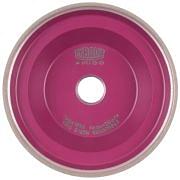Diamond needle files
Diamond grinding wheels are essential tools in machine shops, used for machining hard materials such as metals, stone and glass.
Diamond grinding wheels are characterised by their durability and precision, making them ideal for applications requiring tight tolerances and high quality finishes. These tools consist of a metal or resin base, onto which diamond grains are fixed by specific bonding processes. The choice between metal and resin depends on the application: metal diamond wheels offer greater wear resistance, while resin wheels allow more aggressive and faster cutting.
Advantages of diamond grinding wheels in machine shops:
- Durability and Strength: Thanks to the diamond grains, these wheels have a longer lifetime than conventional wheels, reducing downtime for replacement and maintenance.
- Precision and Finish Quality: Ideal for high-precision operations, diamond grinding wheels guarantee smooth, flawless surfaces.
- Versatility: They can be used on a wide range of materials, including hard metals, ceramics, glass and composite materials.
- Efficiency: Their ability to maintain a constant geometry enables uniform material removal, improving the efficiency of the production process.
- Reduced Overheating: Diamond grinding wheels generate less heat during use, reducing the risk of thermal deformation in machined parts.
Characteristics of diamond grinding wheels:
- Grit of Diamond: Available in different grit sizes, diamond grinding wheels can be selected according to the fineness of the workpiece required.
- Bond Types: Wheels can have metallic, resinoid or ceramic bonds, each with specific properties that affect strength and cutting capacity.
- Sizes and Shapes: Available in various sizes and shapes (circular, flat, conical) to suit different machine tools and applications.
- Cooling: Often used with liquid cooling systems to improve tool life and machining quality.
Diamond grinding wheels are essential in grinding, sharpening and polishing operations. In particular, they are widely used in the production of cutting tools, in the machining of aerospace components and in the manufacture of precision electronic elements.
Optimising the use of diamond grinding wheels in machine shops not only improves the quality of the end product but also the overall efficiency of the production process. Thanks to their unique characteristics and numerous advantages, diamond grinding wheels are an indispensable investment for any industry that strives for precision and durability.

